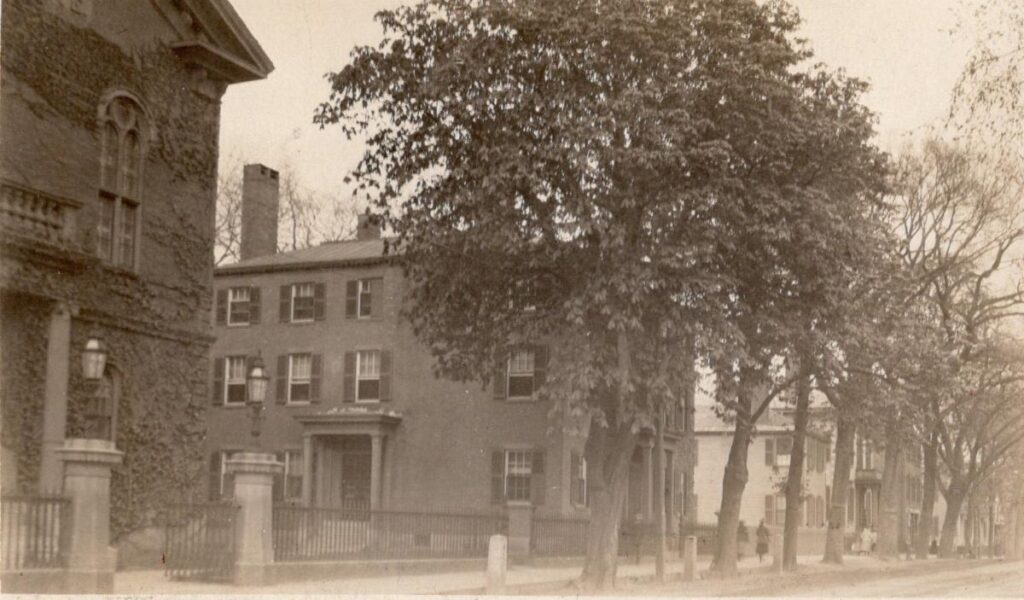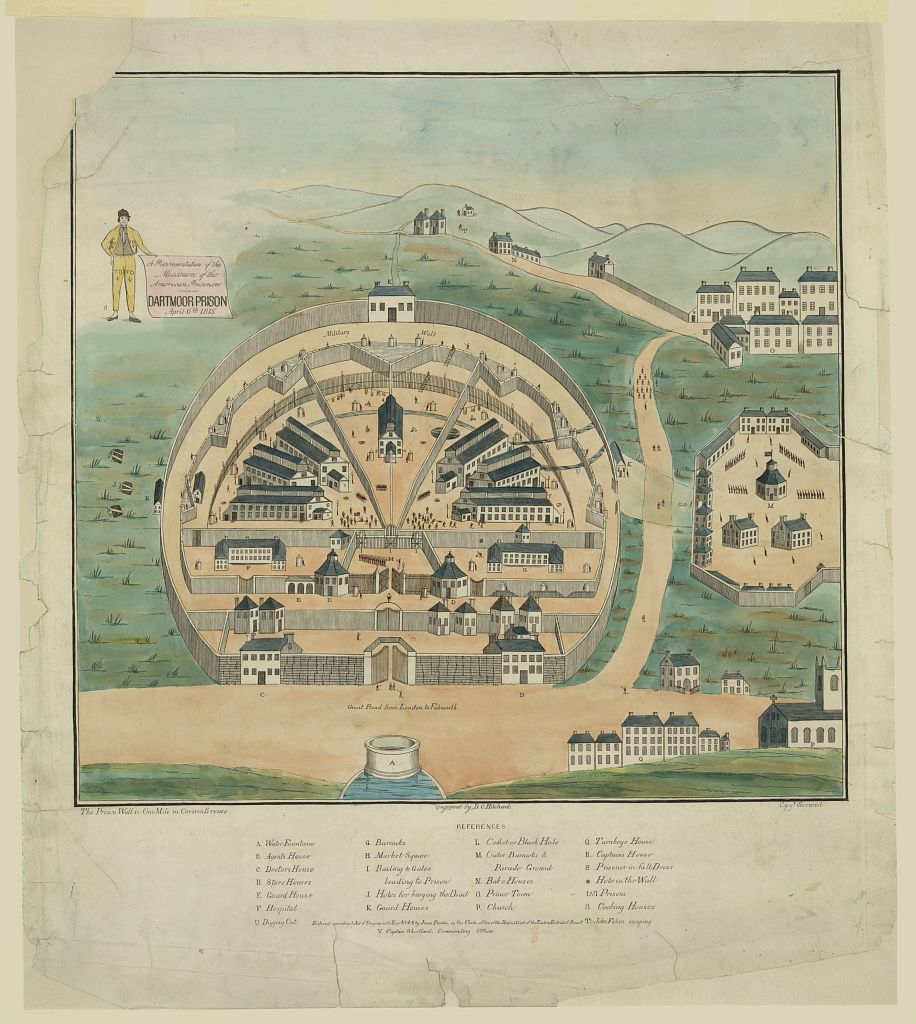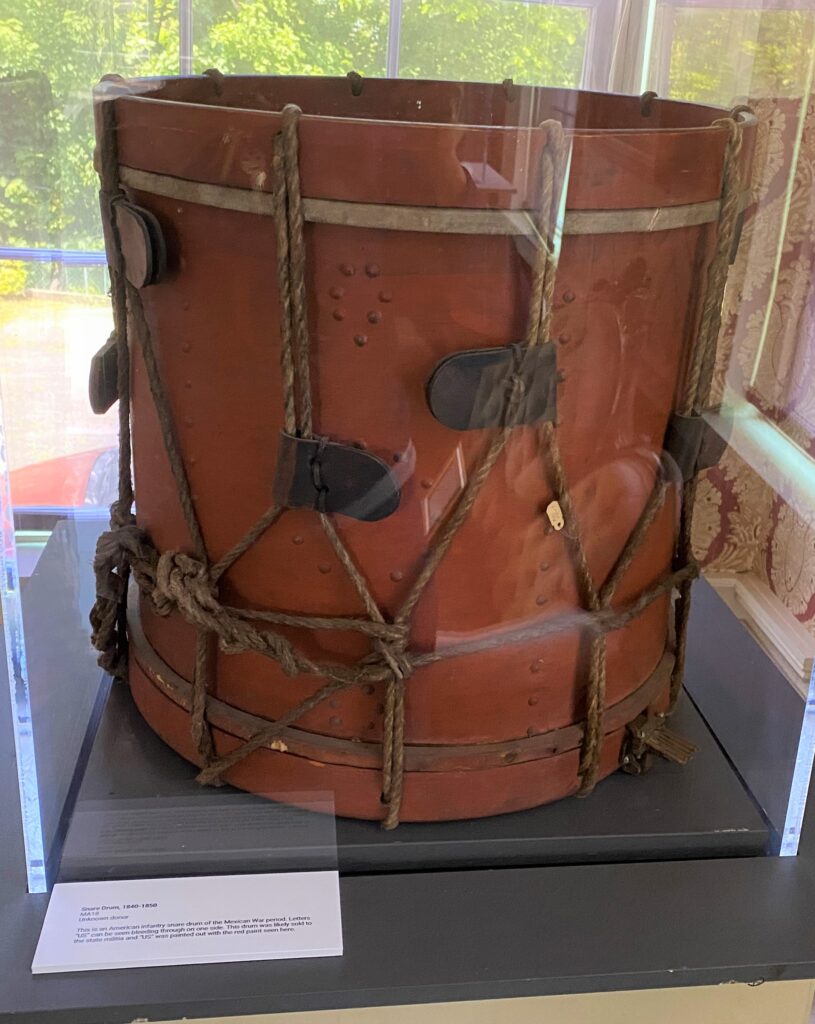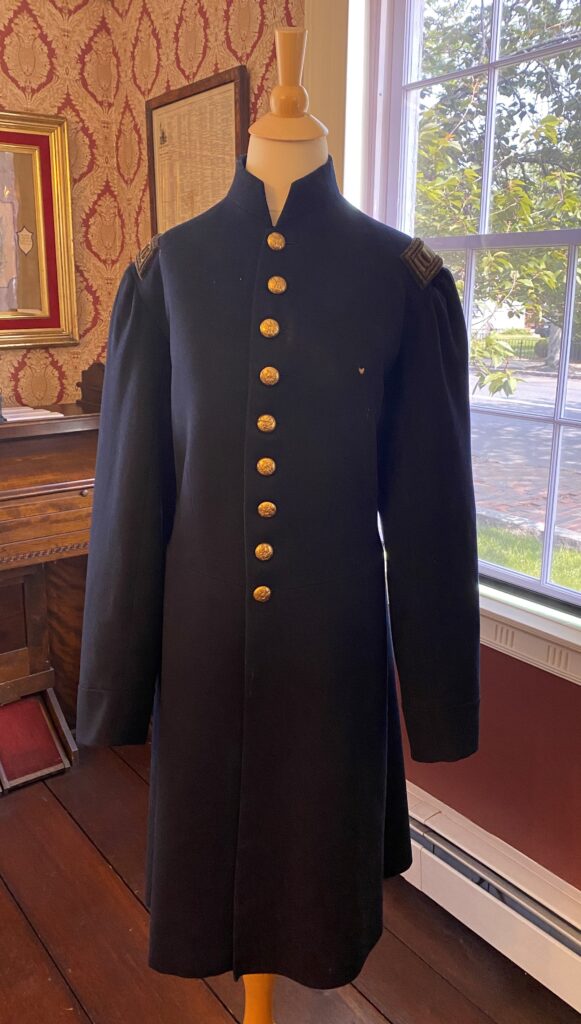In the week leading up to Memorial Day, we are doing a two-part series highlighting a Peabody veteran from each war.
American Revolution (1775-1783)
Captain Dennison Wallis was born in Ipswich in 1756 and raised in Peabody. At the age of 19, Wallis joined the local minutemen as they marched to Lexington and Concord on April 19, 1775. As the British retreated to Boston from Lexington, the Peabody minutemen engaged them at the Village of Menotomy, now Arlington, Massachusetts. Outnumbered, the Peabody men hid in the house of Jason Russell. Once they felt it was safe, they left the home. Wallis was with Joseph Bell and George Southwick. They were ambushed by British soldiers. Wallis was shot at least 13 times. He survived by pretending to be dead. In January 1776, he applied to the Legislature for aid from wounds he received at Menotomy and was given compensation.
After the war, he was a privateer and assisted in the capture of a British transport. The majority of his professional life he was a tanner, who worked on what is today Wallis Street (so named in 1843). He lived in a three-story brick building at 94 Main Street, between what is today the Peabody Institute Library and the Knights of Columbus building (image below, circa 1900). He left an endowment for a school in District #1, which ultimately led to the Wallis School being named on his behalf. He died in Peabody on August 16, 1825, and was buried at the Old South Burying Ground.

Wallis House, 94 Main Street, circa 1900
The War of 1812 (1812-1815)

Print of Dartmoor Prison, 1813, Courtesy of the Library of Congress
During the War of 1812, Peabody’s Jonathan Price, Benjamin D. Hill and Edward Hammond were captured and held at Dartmoor prison in Devon, England. This prison was the scene of the Dartmoor Massacre on April 6, 1815. The Treaty of Ghent had already been signed, ending the war, but yet the American prisoners remained in England. The prisoners retaliated against their captors and were given reduced rations.
The conflict turned violent when British guards killed 7 prisoners and wounded 31. The scene became chaotic. Hammond, along with Benjamin D. Hill and John Price escaped harm and were eventually released. They lived to participate in the great flag raising ceremony which took place in Peabody Square on July 4, 1861.
The Mexican-American War (1846-1848)
The Mexican-American War began on April 25, 1846. The conflict was the result of a border dispute regarding the state of Texas. Ultimately, American troops were victorious, and the border of Texas was set at the Rio Grande River. The war ended on February 2, 1848.
I could not find a record of a Peabody serviceman from this short war, but we have an American infantry snare drum from the Mexican War period in our collection. See image below.

From the collection of the Peabody Historical Society and Museum
Civil War (1861-1865)

Captain of Infantry Coat, belonging to Windsor Ward, 1862, in the collection of the Peabody Historical Society and Museum.
Major Windsor Morse Ward was born in South Danvers (now Peabody) on December 30, 1834 to Alfred Augustus and Hannah Osborn Ward. On September 19, 1861, Ward enlisted in the 2nd Company of Sharpshooters, 22nd Regiment, Massachusetts Volunteer Militia. Ward would fight in over 20 battles during the Civil War.
He was severely wounded at the Battle of Gettysburg on July 3, 1863. In order to save his arm, three inches of bone were surgically removed from his upper right arm. After 18 days re-cooperating in the field, he was sent to the York, Pennsylvania hospital for another surgery. He returned to his regiment in December 1863, with his arm still in a sling. He continued to serve until June 1864 when he became sick. He was hospitalized in Annapolis, Maryland, and then released. When he returned to Boston, he was had his final surgery at Mass General Hospital, where they took two more inches of bone from his arm. Major Ward was the Postmaster of Peabody from 1869 to 1886. Ward died on February 2, 1908 and is buried in the Cedar Grove Cemetery.
The Spanish-American War (1898)

The Spanish-American War began on April 21, 1898. At that time, Spain had colonized parts of the Americas, including Cuba. In 1895, the Cuban people rose up to overthrow Spanish rule. The United States joined the Cuban cause for two reasons: to safeguard their economic interests and to promote democracy in the Americas. At the end of the conflict, the United States gained control of the Spanish territories of Puerto Rico, Guam and the Philippines.
About 100 men from Peabody served during the War. Corporal Thomas L. Sweeney was born on November 1, 1866, in Danvers to John and Mary Sweeney. The family moved to Peabody shortly thereafter. Thomas joined the army in 1887. He fought with the Seventh US Calvary during the Sitting Bull Campaign in the American West. He served for 5 years, and then mustered out. He re-enlisted on June 16, 1898, with Co. H of the Eighth Regiment. He fought in Cuba and the Philippines. He mustered out on April 28, 1899. He returned home wounded, the scars of his service remained with him. Corporal Thomas L. Sweeney died in 1912, at the age of 46.
Next Friday, we will be releasing the second part of our series, covering World War I, World War II, the Korean War, the Vietnam War, the Gulf War and the War on Terror.
References
Wells, John. The Peabody Story, Published by the Essex Institute, 1972, pages 219, 226-227, 229, 313-314, 368-370.
The Salem News, Obituary of Windsor Ward, 1908.
Military, Birth and Death Records, Ancestry.com
Miscellaneous Archives of the Peabody Historical Society and Museum
